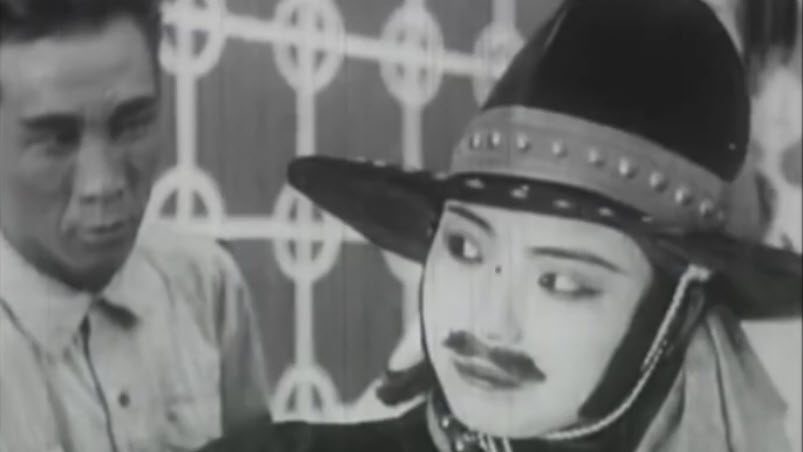The film:
Red Heroine exhibits typical characteristics of 1920s wuxia (martial-chivalry, or swordsman romance), including costumes, special effects (ghosts, flying, wall-scaling, smoke), exterior scenes featuring horseback armies and crowds, a revenge plot, filial themes, supernatural elements, sexploitation, and a female avenger. Wuxia was the dominant domestic film genre of the 1920s, and remained popular until its banning by the Nationalist government in the early 1930s. The year 1929, when Red Heroine was released, was the peak year of wuxia film production. Several cast and crew went on to long careers with major studios of the 1930s, notably Shang Guanwu, who doubled as assistant director and chief baddie General Jin, and later became a regular at United Photoplay Service (Lianhua).
Christopher Rea’s English translation of Red Heroine represents differences in the original bilingual Chinese-English title cards, and translates Chinese text untranslated in the original. This copy of the film has been modified slightly to cut one repeated 3-minute segment, and to improve legibility by extending the duration of a couple of title cards.
Hong xia 紅俠
Directed by Wen Yiming (Wen Yih Ming)
Cinematography: Yao Shizhong (Lincoln Yao)
Assistant Director: Shang Guanwu (K. W. San)
Cast: Fan Xuepeng (Van Shih Bong), Xu Guohui (Hsu Ko Hui), Wang Chuqin (Wang Chu Ching), Chen Meiyan (Mayor Chen), Wen Yiming, Zhao Taishan (Chow Tai San), Shang Guanwu, Zhu Shaoquan (Chu Sao Chuan), Qu Yifeng (Jui Yih Fong)
U. Lien Film Co. (Youlian yingpian gongsi 友聯影片公司)
95 minutes, silent film with original Chinese-English title cards
English translation by Christopher Rea
SYNOPSIS
Learn more:
Learn more about the wuxia genre by watching and reading about Woman Warrior White Rose (1929), Woman Warrior of the Wild River 6: Rumble at Deerhorn Gully (1930), and Hua Mu Lan (1939).
Read Panpan Yang’s essay about Van Shih Bong (Fan Xuepeng) at the Women Film Pioneers Project website.
Learn more about the 1920s wuxia craze in John Christopher Hamm’s book The Unworthy Scholar from Pingjiang: Republican Martial Arts Fiction (2019).
Watch the Red Heroine fly in and fly away:
Explore the bandit lair where the Red Heroine performs a daring rescue:
Check out the film’s use of double exposure:
Related Posts
Special Effects
Special effects were common in early Chinese cinema, especially in comedies and martial arts (wuxia) films of the 1920s
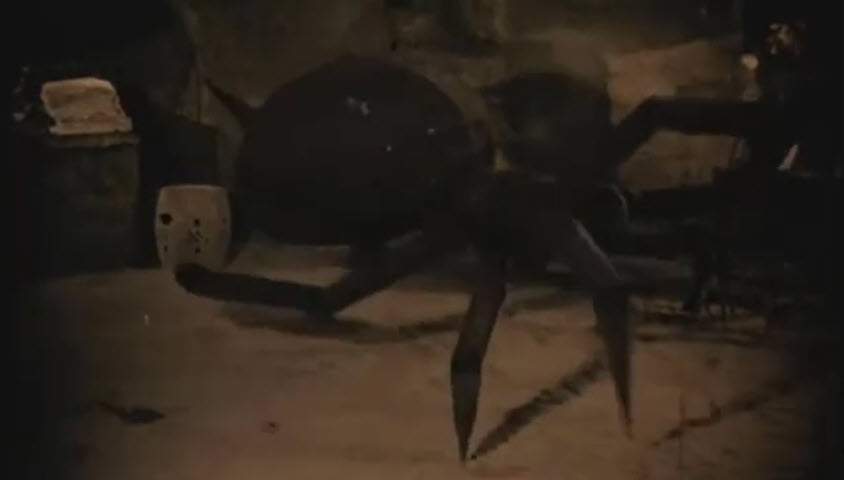
Fiery Cinema (2015), by Weihong Bao
What was cinema in modern China? It was, this book tells us, a dynamic entity, not strictly tied to one media technology, one mode of operation, or one system of aesthetic code. It was, in Weihong Bao’s term, an affective medium, a distinct notion of the medium as mediating environment with the power to stir passions, frame perception, and mold experience.
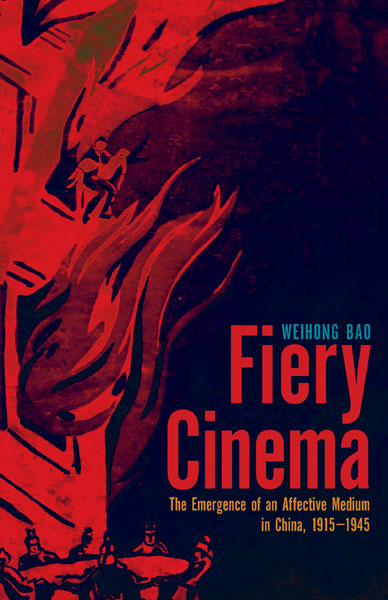
Hua Mu Lan 木蘭從軍 (1939)
A young woman takes her father's place in the army and protects the Tang empire from invaders in this wartime adaptation of the Mulan legend.
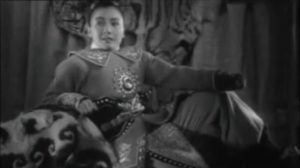
Woman Warrior of the Wild River 6 荒江女俠 第六集 (1930)
A woman warrior saves a child carried away by a bird and battles bandits in this wuxia adventure film
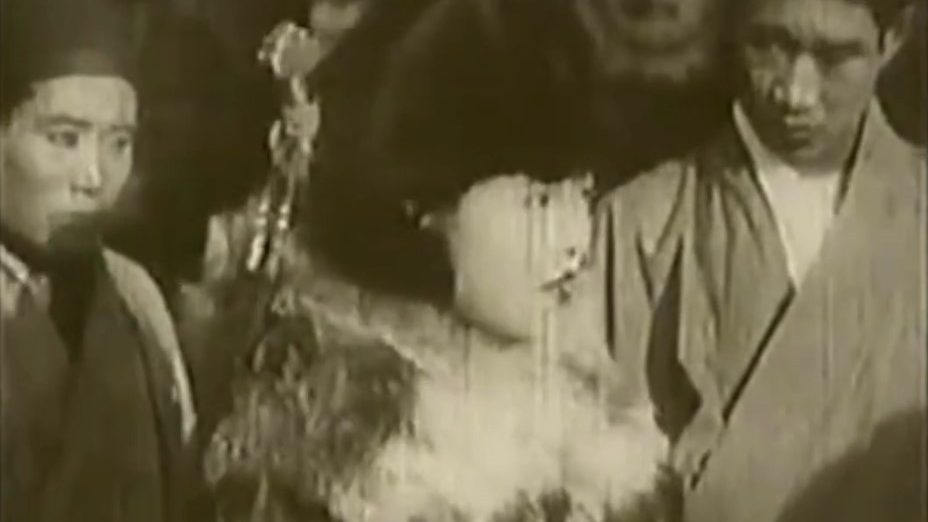
Woman Warrior White Rose 女俠白玫瑰 (1929)
In this partially-extant silent action film, a female athlete becomes a swashbuckling hero and saves the family herding ground from a gang who plans to sell it to foreigners
